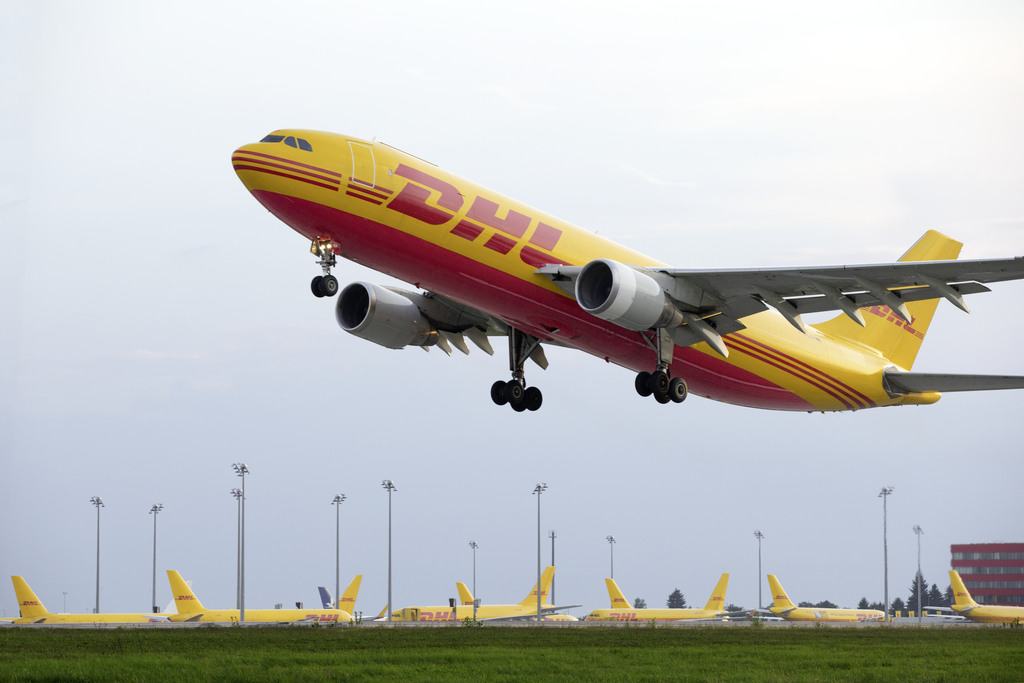DHL, Sasol join Hydrogen Firm HH2E on Sustainable Aviation Fuel Project in Germany

German logistics giant DHL is joining forces with energy firm HH2E and South African petrochemicals firm Sasol. Together, they are embarking on a pioneering venture to expand the production of sustainable aviation fuel (SAF) in Germany. This transformative partnership promises to reshape the aviation industry and significantly reduce its carbon footprint.
The agreement comes as the aviation industry is facing increasing pressure to reduce its emissions. SAF is a key way to achieve this, as it can reduce emissions by up to 80% compared to conventional jet fuel.
The three companies have signed an agreement to build a joint production facility for SAF in eastern Germany. The facility will use green hydrogen to produce SAF, and is expected to produce at least 200,000 tonnes per year, with the potential to scale up to 500,000 tonnes per year.
Aircraft manufacturer Airbus also intends to join the consortium to use the jet fuel.
Related Article: Boeing Launches SAF Dashboard to Track and Project Sustainable Aviation Fuel Production
The companies’ goal is to start production of SAF in Germany by 2030.
The agreement is a significant step forward for the development of SAF in Germany. Sustainable Aviation Fuel is still a relatively new technology, but it is becoming increasingly important as the aviation industry seeks to reduce its emissions.
The production facility in eastern Germany will be one of the largest SAF production facilities in the world. It is expected to create hundreds of jobs and help to reduce Germany’s reliance on imported fossil fuels.
The agreement is also a positive sign for the cooperation between industry and government in Germany. The German government has set ambitious targets for the reduction of greenhouse gas emissions, and the development of SAF is a key part of meeting these targets.
The agreement between DHL, HH2E, Sasol, and Airbus is a welcome development for the aviation industry and the environment. It shows that the industry is serious about reducing its emissions, and that it is willing to invest in new technologies to achieve this goal.












